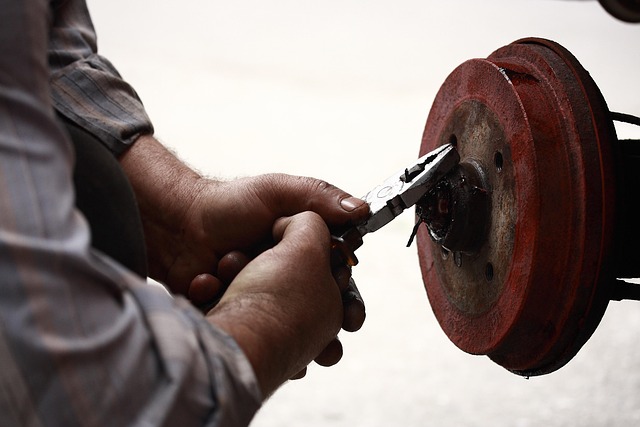Rust, caused by oxidation, damages cars. Prevention methods include waxing and sealing. Safety gear is crucial before starting. Clean rusted areas and choose repair methods based on severity. Proper surface preparation and suitable materials ensure permanent fixes. Regular inspections and preventative care prevent costly repairs. Select appropriate rust repair for optimal car maintenance.
Rusty cars aren’t just eyesores; they’re a common automotive issue that demands a permanent fix. Understanding rust’s causes and types is the first step towards effective repair. This guide covers everything from preparation and safety measures to select rust removal techniques, choosing the right materials, and long-term prevention strategies. Learn how to tackle rust at its source with our expert tips on Select Rust Repair for lasting results.
- Understanding Rust: Causes and Types
- Preparation: Safety and Tools Required
- Selective Rust Removal Techniques
- Choosing the Right Repair Materials
- Long-Term Prevention Strategies
Understanding Rust: Causes and Types
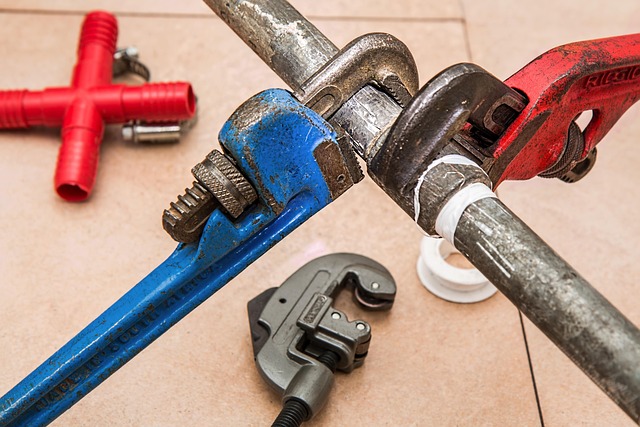
Rust is a common issue that can plague vehicles over time, leading to unsightly stains and structural damage if left unchecked. Understanding its causes and types is key when considering a permanent fix for rusty cars. The process begins with oxidation, where iron in the car’s metal reacts with oxygen and moisture present in the environment, forming iron oxide, commonly known as rust. This reaction accelerates when exposed to salt, acids, or other chemicals.
There are several types of rust that can affect vehicles, including surface rust, which is the most common and typically appears as orange-brown spots on the car’s exterior. Penetrating rust goes deeper into the metal, often caused by moisture seepage, while diffuse rust is more widespread and usually indicates severe corrosion. Different prevention techniques for rust can be employed, such as regular waxing and sealing to create a protective barrier. Industrial rust cleaning services also offer advanced solutions, including media blasting and chemical treatments, to remove existing rust and prepare the metal for repair or painting.
Preparation: Safety and Tools Required
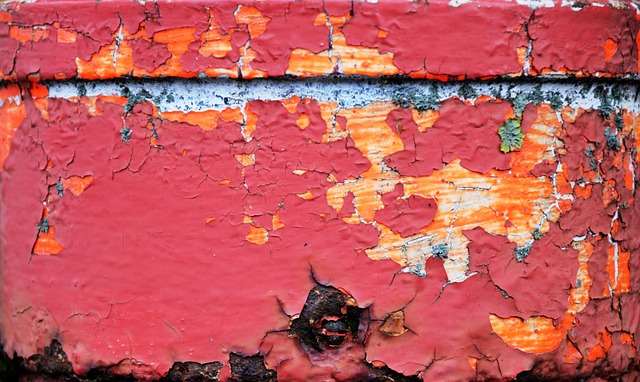
Before tackling any rust repair, ensuring safety should be your top priority. This process involves hazardous materials and tools, so it’s crucial to wear appropriate personal protective equipment (PPE), including gloves, safety glasses, and a respirator. The workspace must also be well-ventilated to prevent inhaling toxic fumes from rust removal chemicals. Gather the necessary tools like wire brushes, sandpaper, grinding discs, and a power drill with various bits. Additionally, you’ll need a selection of rust repair products, such as rust converter and epoxy or a specialized rust removal service for severe cases, especially when dealing with structural components like a car body.
For a successful permanent fix, proper preparation is key. Start by thoroughly cleaning the rusted area, removing any loose debris and old paint. Next, carefully inspect the damage to determine the extent of the rust. If it’s confined to small areas, you might be able to use at-home methods like removing rust from concrete with a wire brush and chemical solutions. However, for more significant rusted car body repairs, consider seeking professional rust removal services to ensure a thorough and safe outcome, especially when working on critical structural elements.
Selective Rust Removal Techniques
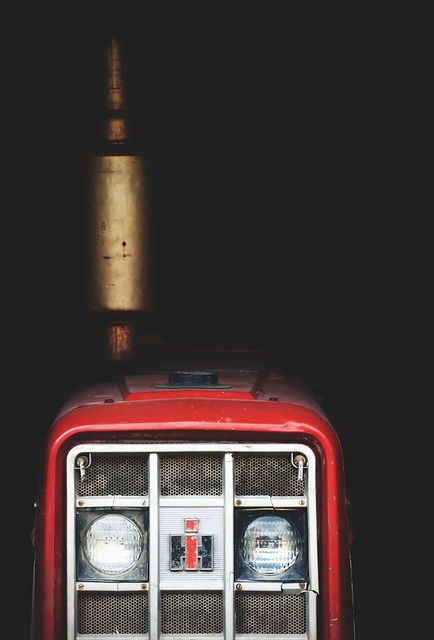
When addressing a rusty car, one of the first steps is to employ selective rust removal techniques to target the affected areas specifically. This involves careful evaluation of the extent of corrosion and choosing the appropriate methods to restore the metal surface. Techniques such as chemical rust strippers or sandblasting can be effective, but they must be used judiciously to avoid damaging the underlying metal.
For a permanent fix, proper metal surface preparation before painting is paramount. This includes cleaning, etching, and priming to create a smooth base that prevents future corrosion. Metal corrosion repair techniques like welding, patching, or using specialized rust treatments can also be employed, depending on the severity of the damage. These methods not only remove existing rust but also help in strengthening the metal surface, ensuring longevity and a robust finish.
Choosing the Right Repair Materials
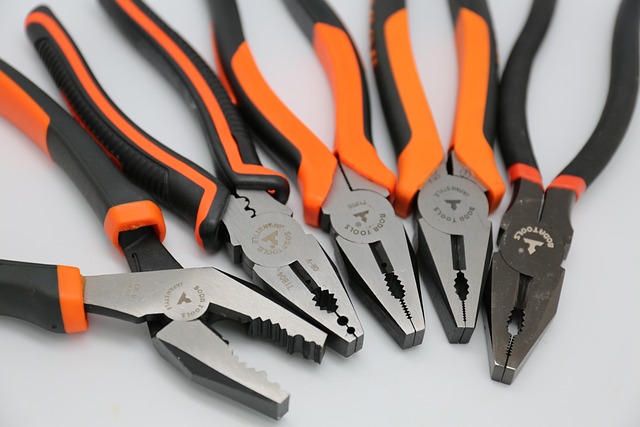
When addressing a rusty car, selecting the right repair materials is the first step towards achieving a permanent fix. This involves more than just choosing a pretty color; it entails understanding the extent of corrosion and picking products that can effectively penetrate and bond with metal surfaces to prevent further degradation. For areas with deep set rust stains, professional-grade rust removal solutions are essential. These powerful compounds, often containing industrial strength rust inhibitors, offer fast rust removal methods, ensuring thorough cleaning without damaging the underlying metal.
Consideration should also be given to the type of surface and the desired finish. While some repairs may call for intricate detailing, others might simply require a durable coating to seal in moisture and prevent future corrosion. Whether tackling minor scuffs or extensive rust issues, selecting the appropriate materials that align with your repair goals is crucial in achieving a long-lasting, aesthetically pleasing outcome.
Long-Term Prevention Strategies
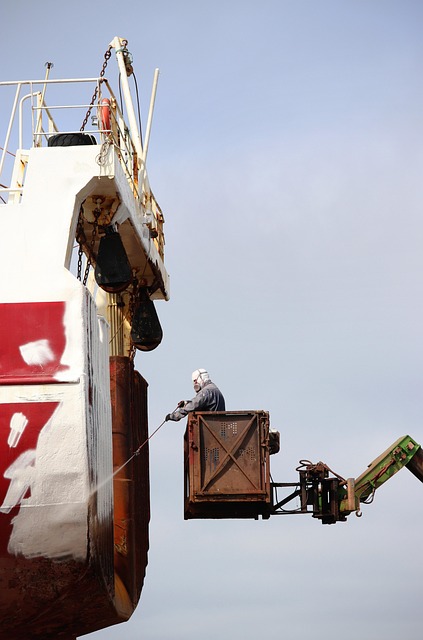
Preventive measures are key to avoiding costly and time-consuming rusty car repairs. One effective strategy is to invest in quality rust proofing materials during the initial stages of vehicle maintenance. These products create a protective barrier, shielding the metal from moisture and other elements that cause corrosion. Regular application of high-quality waxes and sealants can significantly extend the lifespan of your car’s exterior, delaying the onset of rust formation.
Additionally, proactive inspection is crucial. Regularly examining your car for signs of rust, especially in hard-to-reach areas like wheel wells and floor pans, allows for early intervention. Promptly addressing small rust spots with industrial rust elimination techniques can prevent them from spreading. Selecting the right rust repair methods tailored to your vehicle’s needs will ensure longevity and maintain its value over time.
Rust can be a persistent problem, but with the right approach, it’s possible to achieve a permanent fix for rusty cars. By understanding the various types of rust and its causes, you can effectively prepare and select suitable rust removal techniques. Choosing the right repair materials is key to ensuring long-lasting results. Implementing preventive strategies will further safeguard your vehicle against future rust buildup, making selective rust repair a comprehensive solution for lasting car care.
